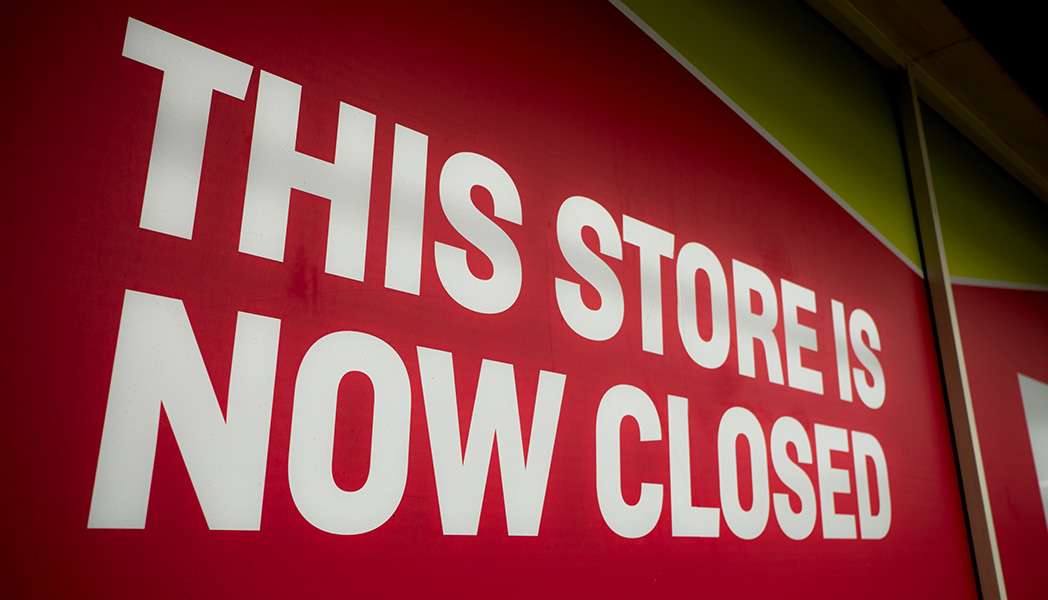It seems like every week, I’m coming across another news story about a business that is closing due to crime and theft. From the flagship Nordstrom and Macy’s closings in San Francisco … to In-N-Out shuttering an Oakland location for the first time in the company’s 75-year history … to Walmart, Nike, REI and Target shutting down some of their stores in Portland … this retail graveyard has me asking – are we really going to stand for this?
The cost of crime extends beyond the businesses combatting it. It extends to all of us who inevitably pay higher prices for items and who undoubtedly suffer the cost of lost convenience when the stores we frequent cease to exist. If undeterred theft and shoplifting continue, the cost of doing business will keep climbing to add new security technology and more people. So, store management eventually asks, why spend even more money on a problem that can’t be solved? In the worst-case conclusion, the store closes.
The easiest way for me to put retail crime and theft into context is by filling up a cart of groceries. Let’s get the basic staples – bananas, milk, OJ, butter, bread, pre-packaged sliced turkey, tortilla chips, baby cut carrots, a frozen pizza and oh, yes, don’t forget the ice cream.
Let’s say the total comes to exactly $50.
From this transaction, the grocery store generates a profit of 4¢ per dollar. A $50 transaction gives the store $2. That’s $2 over and above operating expenses, and the store can use it in different ways.
For the store, what happens next is a blur. That $2 is going to go really fast.
In retail environments, there are always improvements to make to meet customer demand. Using the $2, the grocery store in this scenario could choose to use it to expand freezer space. Wouldn’t that be great? More frozen pizzas and ice cream!
Even better might be investments in store employees — pay and benefits increases, maybe a new cashier to help out in peak shopping hours.
You see where I’m going with this. Costs can start spiraling, and retail operating expenses are complex with layers of calculation. That’s why I’m big on simple math, like a $50 bag of groceries or my (almost famous) PB&J Theorem to break down recessionary economics.
But in this hypothetical, if a $50 transaction gives store management $2 to work with and do more to serve customers, the cash to make necessary improvements won’t be enough if the cost of business goes up due to inventory losses and the added burden of increased security. What’s the business decision? You guessed it. Raise prices.
No one wins in this scenario—in particular, everyone who lives closest to stores hit by crime are forced to make tough decisions.
Last fall, the U.S. Chamber of Commerce issued a report, Rising Crime is a Risk for Businesses. What Can Be Done? I encourage you to read it. More recently, the same organization also published, Three Ways to Combat Retail Crime in 2024. Also informative.
But along with simple math, simple beliefs can clarify what we need to do. There is not a single belief system in the world, present or past, that condones stealing. Protecting property is also a core function of government, I think nearly all Americans would agree.
Is shoplifting a victimless crime? No, everyone pays. Has it become so big there’s nothing a city, state or nation can do? No, because we all benefit from safer communities and the reliable exchange of goods and services.
As a business leader, I find inspiration and practical guidance in many of the points covered in this McKinsey podcast, “The art and science of reducing retail shrink.” Technology and people are both required for retailers to thrive in the best of times and survive in times of crisis.
As a shopper, I am equally invested in safeguarding local businesses that keep my community productive and economically sound. Common sense is common ground for achieving our greatest potential.
Most importantly, in my role as a citizen, business leader—and dad—it’s my duty to not succumb to apathy and accept a current condition as “just the way things are now.” We have a duty to stand up for our communities, especially those in greatest need. The individual and collective response is that all voices need to be heard to meet retail crime head-on across a common front that is neither political nor agenda-driven. Therefore, we all need to lend a courageous voice to do what is right. When open theft closes stores, we all lose.
